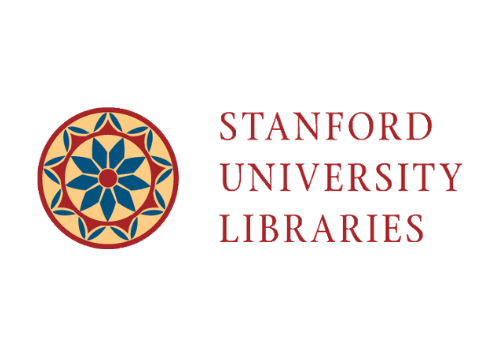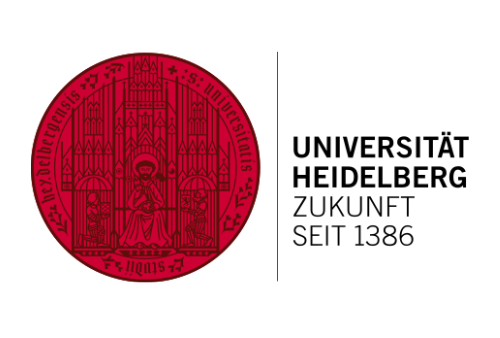UNBORN BENEFICIARIES AND PERPETUITY RULE: A COMPARATIVE ANALYSIS OF SECTION 13 & SECTION 14 IN THE TRANSFER OF THE PROPERTY ACT, 1882
Ruchika Chaurasia, 3rd Year, BA LL. B, Delhi Metropolitan Education, GGSIPU, New Delhi.
Tanya Sharma, 3rd Year, BA LL. B, Delhi Metropolitan Education, GGSIPU, New Delhi.
ABSTRACT
The Transfer of Property Act, 1882, plays a crucial role in governing property transfers in India. Sections 13 and 14 of this Act address the intricate aspects of unborn beneficiaries and the rule against perpetuity, respectively. This research paper comprehensively analyzes the interplay between these two sections and their implications in property transactions. The paper begins with an introduction to the Transfer of Property Act, highlighting the significance of Sections 13 and 14. It then delves into Section 13, exploring the provisions governing the transfer of property to unborn children. The legal requirements, conditions, and implications for property succession and inheritance rights are examined, with relevant case law examples. Subsequently, Section 14, which deals with the rule against perpetuity, is analyzed. The concept of perpetuity, its purpose in property transfers, and the provisions of Section 14 are explained. The impact of this rule on property rights and exceptions to it are discussed in detail.
The research paper then focuses on the interplay between Sections 13 and 14, investigating how the transfer to unborn beneficiaries interacts with the rule against perpetuity. Case studies and legal precedents are presented to illustrate this interplay and its significance in property transactions. Furthermore, the paper explores international perspectives and comparative analysis to gain insights from other jurisdictions. Critical evaluation, controversies, and potential reforms related to Sections 13 and 14 are also discussed.




































